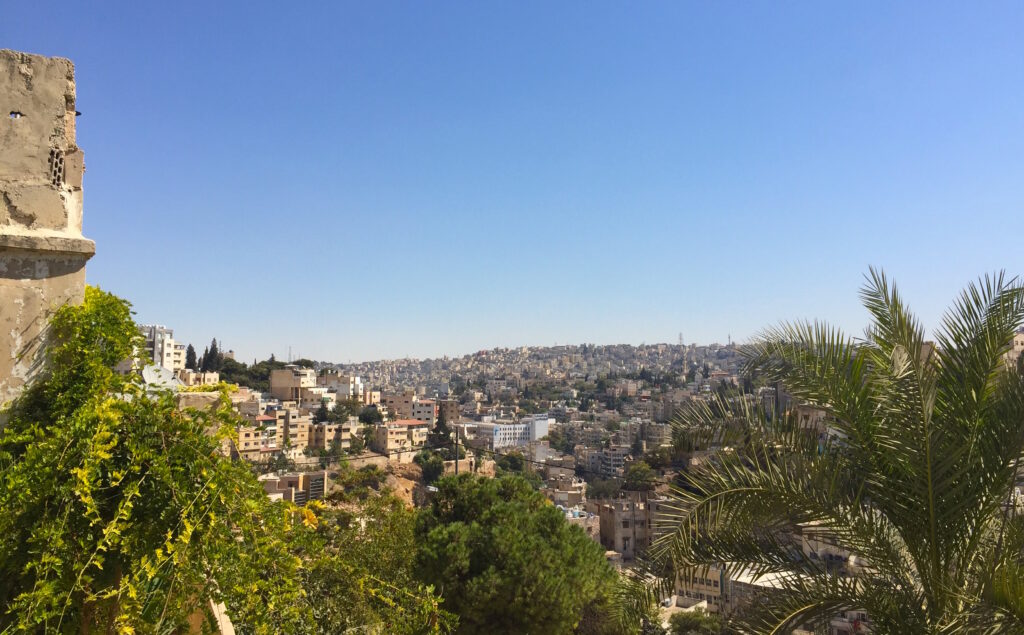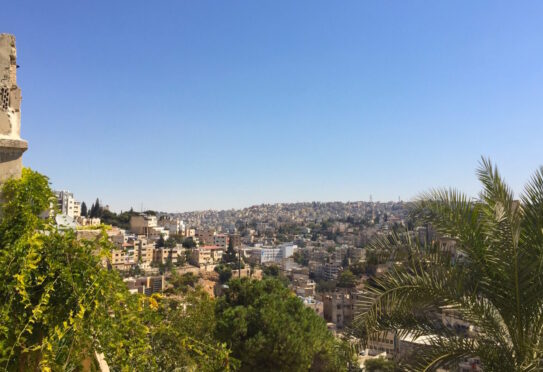
This is a summary in English of an article by Björn Brenner recently published in the Journal of the Swedish Institute for International Affairs (Utrikesmagasinet). The article in Swedish can be read in full here.
Since 2011, around 30,000 young men and women from all over the world have travelled to Syria and Iraq to join the ranks of the Islamic State and other jihadi groups. Among these, 6,000 people have come from Europe and as many as 17,000 from the MENA region (Middle East & North Africa) alone. These figures show that the foreign fighter phenomenon is first and foremost a regional problem, in need of address primarily by the countries of the region themselves.
Within the MENA there are also certain countries that stand out in the statistics with particularly high numbers of travellers to the Islamic State in Syria and Iraq. These are Tunisia, Saudi Arabia, Turkey and Jordan. Counting per capita, Jordan is at the top, followed by Tunisia in second place (but at the top in terms of absolute numbers).
While geographical proximity to Syria and Iraq is one explanation for Jordan’s remarkably high numbers, it is only part of the explanation. Rather, it shows that conditions conducive to violent radicalisation and sympathy to IS have developed gradually in segments of Jordanian society over a long period of time.
Together with the broader economic, social and security challenges that the Hashemite Kingdom is currently facing, there are also other internal institutional problems that need to be addressed. One of these is the country’s national education system and the content of its primary and secondary school curricula.
The past decades have seen little reform and modernisation of the Jordanian education sector. Overall, Jordanian primary and secondary schools provide very limited possibilities for the pupils to reflect critically on the subjects and topics that are studied. Generally, the teaching method used is teacher-to-student instruction with little room for critical discussions.
In addition to this, the curriculum – and the teachers – make no clear distinction between, on the one hand, which lessons are based purely on scientific sources; and, on the other hand, which lessons are based on religious sources. In class, when the religious teachings clash with the scientific ones, religion takes the upper hand.
The blurring between what constitutes religious understanding of how our world functions and what is actually scientifically derived knowledge about these phenomena is fundamentally problematic, from social as well as educational evolutionary perspectives.
This basis of strong religious faith, without any particular tools or training of how to think critically of different ways in which to interpret one’s religion, is playing directly into the hands of those who serve as IS’s recruiters. When IS recruiters come and talk about their ideal vision of an Islamic caliphate, cunningly using all the religious rhetoric, it becomes very difficult for the Jordanian youth to decipher and see through what they are saying. Having learnt in school that everything that is called “Islamic” represents something good, then, how easy is it then to grasp the real nature of IS?
Jordan’s political leadership is of course aware of this problematic situation and is currently struggling to reform the educational sector. However, attempted reforms are met by staunch resistance from some of the bureaucrats and teachers themselves. In October 2016, the government tried to impose minor changes on certain textbooks, removing a few religious pictures and Qur’anic quotations. For this, the government was heavily criticised by the teachers’ associations for attempting to politicise the curriculum.
As long as these flaws in the education system – together with the broader economic and social problems in society – remain unresolved, further generations of young Jordanians will grow up without the proper intellectual tools to resist the cunning recruitment attempts by violent religious extremist groups such as IS.
Read more
Mercy Corps, ‘From Jordan to Jihad: The lure of Syrias’s violent extremist groups’,2016.
Lawfare, ‘The Social Terrain of Islamist Radicalization: Insights from Jordan’, 2016.
The American Interest, ‘Cracks start to show in Jordan’, 2016.
Photo: View of al-balad (downtown) Amman, as seen from Jabal al-Webdeh.

